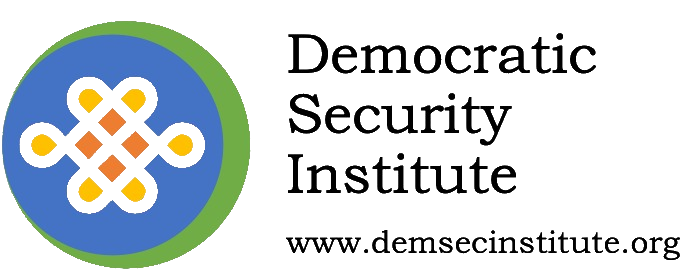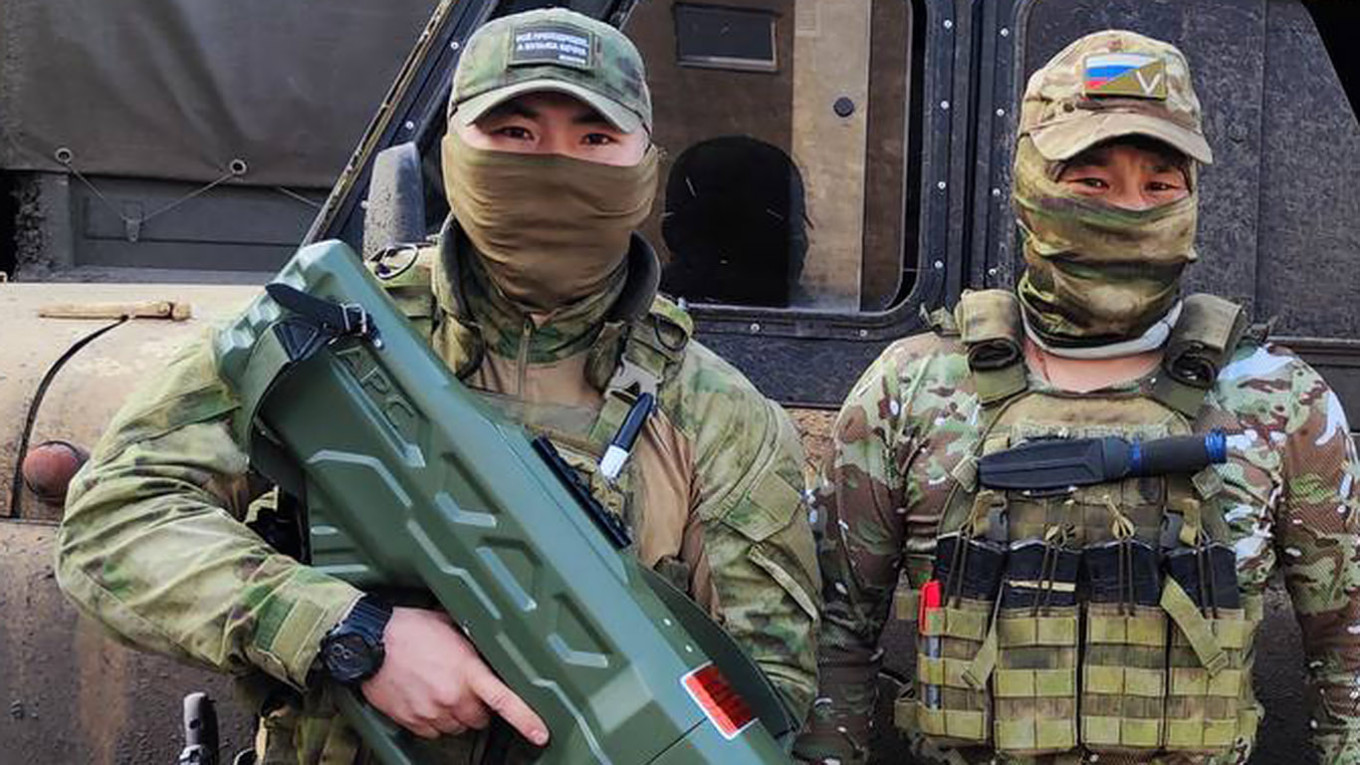The role of Buryats in the Korean War and the Russian invasion of Ukraine are two episodes of the same story: an Indigenous minority being exploited in imperial wars by an imperial power.
Read full article on The Moscow Times
As news of North Korean troops being sent to Russia to fight against Ukraine made global headlines, some sources claimed these troops were being trained at a military base in Ulan-Ude, Buryatia, to be sent to the Ukraine front line “disguised as Buryats” (since both Koreans and Buryats are Asians and ostensibly hard to tell apart).
Buryats are an Indigenous Siberian nation of Mongolic origin which is known to be significantly overrepresented both among Russia’s invading forces in Ukraine and among the Russian-side casualties of the war.
“Putin has negotiated that Koreans from the DPRK [North Korea] would fight in Ukraine under the guise of Buryats, the media writes. Another confirmation that anyone can be passed off as Buryats. ‘Buryats,’ unfortunately, is a collective image (of any Asian soldiers) in the context of this war,” wrote Alexandra Garmazhapova, a prominent Buryat journalist and the president of the Free Buryatia Foundation.
A week later, the Free Buryatia Foundation published a cartoon where President Vladimir Putin instructs two Korean soldiers: “Korean Comrades, your task is to pretend to be Buryats pretending to be Donbas coal miners!” This references the fact that Buryat troops, along with other Russian forces, were deployed to the Donbas War under the guise of a “Donbas militia.”
“History repeats itself in strange ways,” says Dr. Sayana Namsaraeva, a Buryat scholar and senior research associate at the Mongolia & Inner Asia Studies Unit at the University of Cambridge whose recent research work focuses on Buryat and other Soviet-Asian involvement in the 1950-1953 Korean War in which Buryats, Sakha, Tuvans and other Soviet Asians were deployed to fight for North Korea in the Korean War under the guise of Chinese volunteers.
Indeed, one cannot help but notice the parallel between the two wars. On the other hand, the similarity between the covert Soviet participation in the Korean War and Russia’s role in the Donbas War is also obvious, with ethnic Buryat troops being involved in both.
Though the participation of Soviet troops in the Korean War has always been denied by the Soviet government and all Soviet soldiers involved in the conflict had to sign a non-disclosure statement, the situation changed in post-Soviet Russia. The involvement of the Soviet Asian soldiers in the Korean War was officially recognized, and their stories were told in local media in Buryatia, Sakha (Yakutia) and Tuva.
However, these testimonies attracted little attention, and Buryat involvement in the Korean War remains understudied and largely missing from the collective memory, its true scale still unknown.
So why are Buryats being singled out? The republic is situated close to the Russia-North Korea border and has numerous military bases and a significant Asian population. Though a minority (30% of the population) in their own region, Buryats still are one of the biggest Indigenous Siberian groups, second only to Sakha. Historically, Buryatia has one of the highest concentrations of military bases relative to its population. The above factors likely contributed to the role of Buryatia in both the Korean War and Russia’s war in Ukraine.
The region is struggling economically, which makes military service a competitive job option for local men. These two factors led to ethnic Buryats being overrepresented among contract soldiers in the Russian army by the beginning of the Russo-Ukrainian war in 2014, when troops from Buryatia were infamously deployed to Donbas, their Asian appearance blowing the cover of Russia’s active military involvement in the conflict.
The analysis of the obituaries of the Russian-side casualties shows that ethnic Buryats are significantly overrepresented among the Russian-side casualties of the full-scale Russian invasion of Ukraine. This likely results from the high per capita concentration of military bases in both Buryatia and the Zabaikalsky region and how Russia’s military leadership has considered units from Buryatia to be expendable.
Moreover, in the Ukrainian public discourse, “Buryat” became a collective term for any Asian-looking Russian troops, no matter their actual ethnicity. Given that such Asian ethnicities as Tuvans, Kazakhs and Altai are also overrepresented among the Russian invasion forces, Ukrainian media tend to significantly overestimate the scale of Buryat involvement in the war.
This also led to stereotyped allegations that Buryats were responsible for war crimes such as the Bucha massacre. However, it has been proved beyond any reasonable doubt that it was the paratroopers from the Russian city of Pskov, almost exclusively ethnic Russians, who were responsible for the occupation and mass murder of Ukrainian civilians in that city. Nevertheless, the “Buryats in Bucha” myth persists, and the myth of the “bloodthirsty Buryat savage” has been spread by such prominent public figures as Pope Francis.
Given all the above, it is unsurprising that Putin and his generals may try to pass the North Korean troops for Buryats, even though their alleged numbers way exceed the total number of ethnic Buryat soldiers ever involved in this war. This may help the Russian side conceal the true scale of North Korean participation in the war.
According to a study published by iStories and the Conflict Intelligence Team in August, the 2023-early 2024 military recruitment campaign in Buryatia failed to provide as many soldiers as had been expected. The high death toll among the contract soldiers who were in the military as of February 2022, along with disproportionate mobilization in September-October 2022, resulted in much fewer people still willing to join the army, even with the promise of incredibly generous wages compared to the region’s median income. So the North Korean troops probably are, in a sense, a “replacement” that fills in this shortage of recruits from Buryatia.
To me, as an ethnic Buryat, both stories — the Buryat soldiers deployed to the Korean War by Stalin, and the North Korean troops being sent to fight against Ukraine disguised as “Buryats” — are actually two episodes of the same story: an Indigenous minority being exploited in imperial wars by an imperial power. Not just using Buryat men as cannon fodder for those wars, but also exploiting our name and identity to cover up its true actions.
The views expressed in opinion pieces do not necessarily reflect the position of The Moscow Times.
Dr. Maria Vyushkova is a research scientist, Buryat activist and expert in how Russia’s ethnic minorities are involved in Russia’s invasion of Ukraine.

